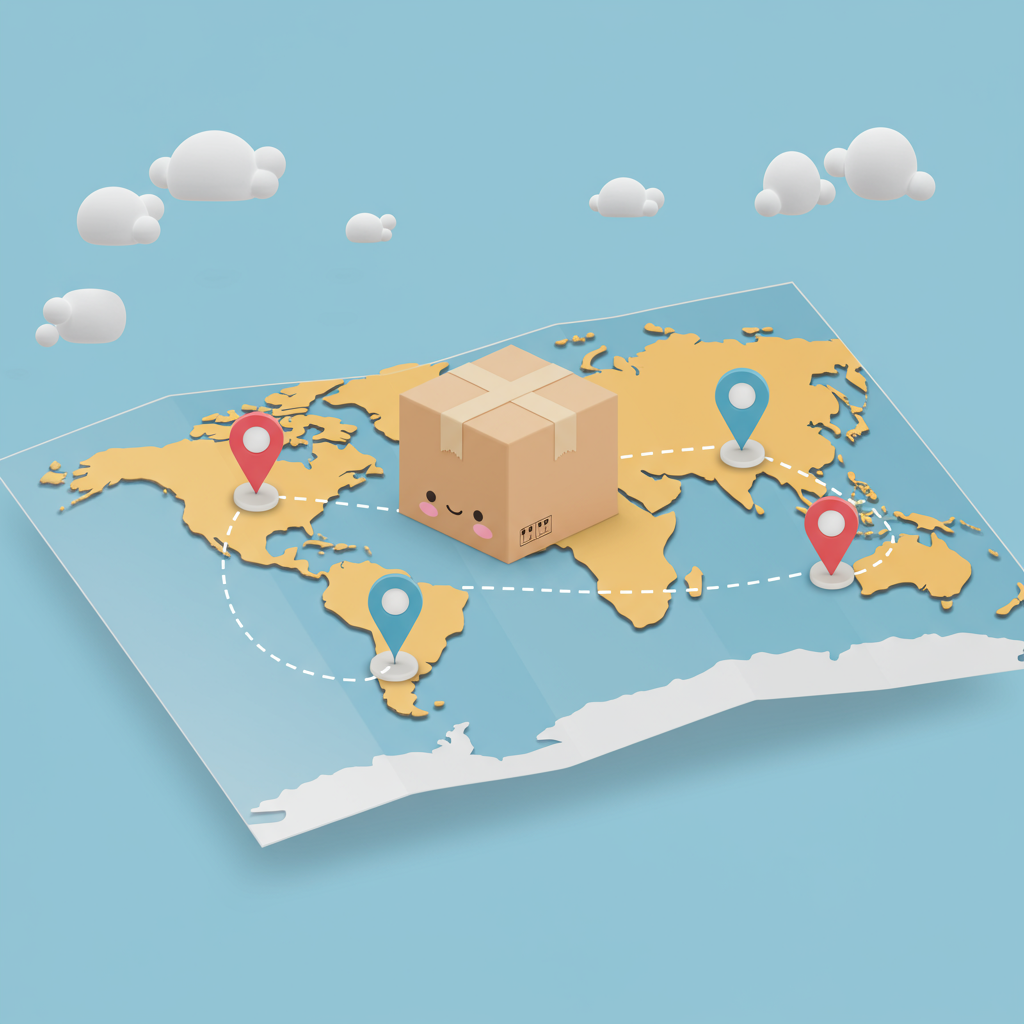Elevate Customer Experience and Streamline Operations with Seamless Tracking Integrations.
As a Shopify merchant, I know firsthand the excitement of a new order. But that excitement quickly shifts to the crucial phase of fulfillment and delivery.
Once an order leaves your warehouse, the customer’s journey isn’t over; in fact, a new, critical phase begins: waiting for their package.
This waiting period, if not managed well, can become a source of anxiety for customers and a drain on your support resources.
That’s where robust order tracking comes into play. It’s not just a nice-to-have; it’s an absolute necessity in today’s e-commerce landscape.
I’ve seen how effective order tracking can transform a good customer experience into an exceptional one, fostering trust and encouraging repeat business.
Think about it from your customer’s perspective. They’ve just spent their hard-earned money, and they want to know exactly where their purchase is at all times.
Providing clear, real-time updates on their order’s journey significantly reduces “Where Is My Order?” (WISMO) inquiries.
These WISMO calls and emails can quickly overwhelm your customer service team, diverting their attention from more complex issues.
By proactively offering tracking information, you empower your customers, giving them peace of mind and reducing the burden on your support staff.
Beyond customer satisfaction, effective tracking also offers significant operational benefits for your business.
It allows you to monitor delivery performance, identify potential shipping issues early, and even analyze carrier efficiency.
Shopify, by default, offers some basic tracking capabilities. When you fulfill an order and add a tracking number, Shopify links it to the carrier’s website.
Customers receive an email with this tracking link, which is a good starting point. However, this native functionality has its limitations.
The tracking experience often redirects customers away from your store to a generic carrier website, which can be jarring and lacks your brand’s touch.
Furthermore, the updates might not be as granular or as user-friendly as customers expect, especially if they’re tracking multiple items from different carriers.
This is precisely why integrating a dedicated order tracking solution becomes invaluable for any serious Shopify merchant.
These third-party applications are designed to enhance the tracking experience far beyond what Shopify offers out-of-the-box.
They typically provide a branded tracking page, allowing customers to check their order status directly on your website, maintaining brand consistency.
Key features to look for in such a solution include multi-carrier support, real-time status updates, and customizable notification triggers.
Imagine sending automated emails or SMS messages for “In Transit,” “Out for Delivery,” or “Delivered” statuses, all branded with your logo.
Some advanced solutions even offer delivery exception alerts, notifying both you and the customer if there’s a delay or an issue with the delivery.
This proactive communication can turn a potential negative experience into a positive one, as you’re seen as being on top of things.
So, how do you go about integrating one of these powerful tracking solutions into your Shopify store? It’s usually quite straightforward.
The first step is to research and choose an app that aligns with your business needs and budget. Popular options often include AfterShip, Trackr, or ParcelPanel.
Once you’ve selected an app, the installation process typically involves a few clicks from the Shopify App Store.
After installation, you’ll usually connect your shipping carriers within the app’s settings. This allows the app to pull tracking information directly from them.
Next, you’ll configure your branded tracking page. This often involves adding your logo, choosing colors, and customizing the layout to match your store’s design.
Don’t forget to set up your automated notifications. Decide which status changes trigger an email or SMS, and customize the message content.
It’s crucial to test the integration thoroughly. Place a test order, fulfill it, and track it yourself to ensure everything is working as expected.
Make sure the tracking link in your Shopify order confirmation emails points to your new branded tracking page, not the generic carrier one.
From my experience, the best practice is to communicate clearly with your customers about their tracking options from the moment they place an order.
Include the tracking link prominently in your order confirmation and shipping notification emails.
Set realistic expectations for delivery times, and if possible, provide an estimated delivery window rather than just a single date.
Leverage the data provided by your tracking solution. Analyze delivery times, common issues, and carrier performance to continuously optimize your shipping strategy.
Proactive customer support is another huge benefit. If you see a delivery exception, reach out to the customer before they even realize there’s an issue.
This level of service builds immense customer loyalty and reduces the likelihood of negative reviews.
Some advanced merchants even use webhooks from their tracking solutions to integrate delivery data into their CRM or marketing automation platforms.
This allows for highly personalized follow-up campaigns, like asking for a review only after the product has been successfully delivered.
In essence, integrating a robust order tracking system isn’t just about providing a tracking number; it’s about building a transparent, trustworthy, and efficient post-purchase experience.
It frees up your customer service team, delights your customers, and ultimately contributes to your brand’s reputation and bottom line.
I truly believe it’s one of the most impactful improvements you can make to your Shopify store’s operations.
What are your thoughts on this article? Do you currently use a tracking solution, or are you considering one?
I hope this detailed explanation helps you navigate the world of Shopify order tracking integrations and empowers you to enhance your customer’s journey.






